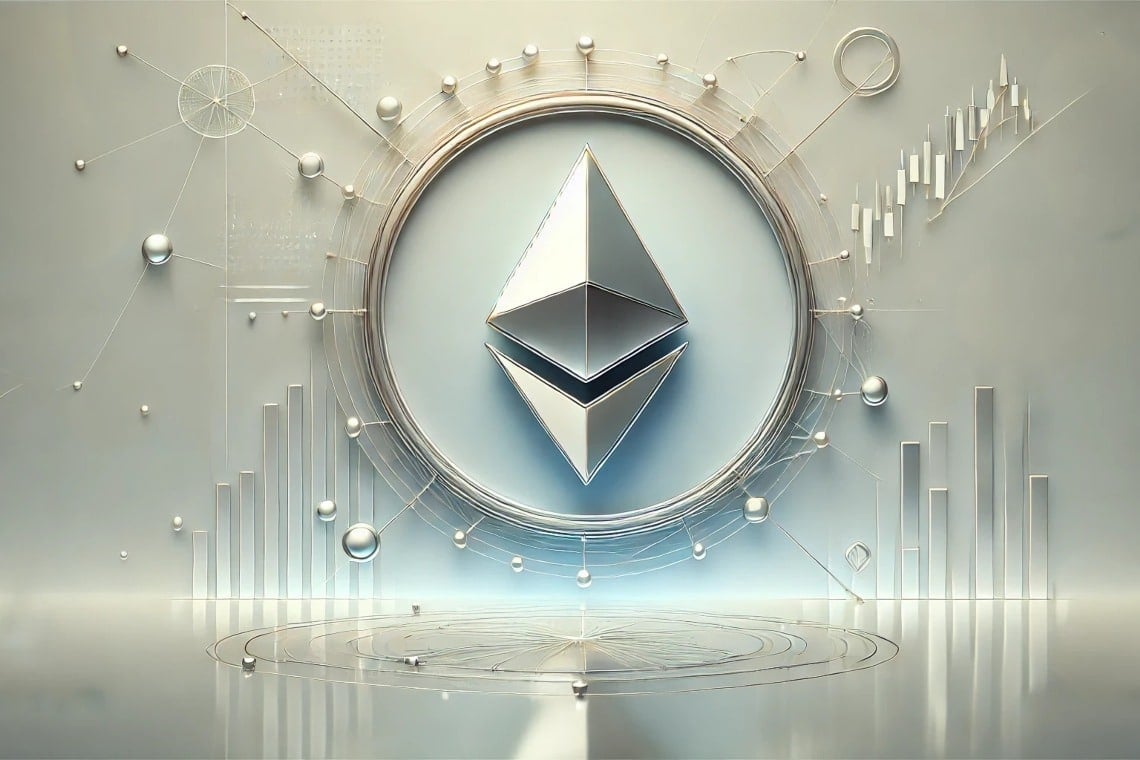20Shift: Your Daily Dose of Insight
Stay updated with the latest trends and news across various domains.
Ethereal Adventures in the World of ETH
Explore the enchanting realms of Ethereum! Dive into our ethereal adventures and unlock the secrets of the crypto universe.
Exploring the Basics: What is Ethereum and How Does it Work?
Ethereum is a decentralized, open-source blockchain platform that enables developers to build and deploy smart contracts and decentralized applications (dApps). Unlike Bitcoin, which primarily serves as a digital currency, Ethereum's primary purpose is to facilitate the creation of applications that run on its blockchain. At its core, Ethereum operates on a global network of computers, known as nodes, that validate transactions and maintain the integrity of the data. This decentralized approach not only enhances security but also unleashes new possibilities in various fields, from finance to gaming and beyond.
Understanding how Ethereum works involves grasping two fundamental concepts: smart contracts and the Ethereum Virtual Machine (EVM). Smart contracts are self-executing contracts with the terms of the agreement directly written into code. They automatically execute actions when predefined conditions are met, removing the need for intermediaries and enhancing trust. The EVM, on the other hand, is the runtime environment for executing these smart contracts. It ensures that every transaction is performed consistently across the network, thus providing a harmonious and reliable ecosystem for developers and users alike.

The Future of Decentralized Finance: How ETH is Changing Traditional Finance
The rise of Decentralized Finance (DeFi) has been nothing short of revolutionary, as platforms built on Ethereum (ETH) are challenging the very foundations of traditional finance. By enabling peer-to-peer transactions without intermediaries, DeFi is democratizing access to financial services such as lending, borrowing, and trading. Unlike traditional banks, which often impose high fees and require extensive documentation, DeFi platforms use smart contracts to automate processes, ensuring that users can interact in a trustless environment. This breakthrough is not only increasing financial inclusion but is also fostering innovation in financial products and services.
As ETH continues to evolve, with improvements like the transition to Ethereum 2.0, the scalability and efficiency of these DeFi platforms are expected to enhance significantly. This transformation could lead to more robust financial ecosystems that provide users with seamless experiences comparable to centralized systems but with added benefits of privacy and security. Furthermore, as more institutions recognize the potential of DeFi, we may witness a gradual integration of decentralized solutions within traditional finance. The future of finance could very well be defined by how effectively Ethereum can bridge the gap between the traditional financial landscape and the emerging world of decentralized systems.
Top 5 ETH-Based Projects to Watch in 2023
As we dive deeper into 2023, the Ethereum ecosystem continues to flourish with innovative projects that promise to reshape the landscape of decentralized finance and blockchain technology. Here are the Top 5 ETH-Based Projects to Watch in 2023 that are making waves and potentially changing the way we interact with digital assets:
- Uniswap - As one of the leading decentralized exchanges, Uniswap is set to roll out version 4, which aims to enhance liquidity and user experience.
- Chainlink - Continuously evolving, Chainlink is expanding its decentralized oracle networks, paving the way for more robust smart contracts.
- Aave - This platform is not just a lending protocol; its push towards Aave v3 showcases innovative features like cross-chain functionality.
- Polygon - Focused on improving Ethereum's scalability, Polygon's Layer 2 solutions are gaining traction in the developer community.
- Ethereum 2.0 - The ongoing transition to Ethereum 2.0 is a crucial milestone that promises to enhance security and reduce energy consumption.